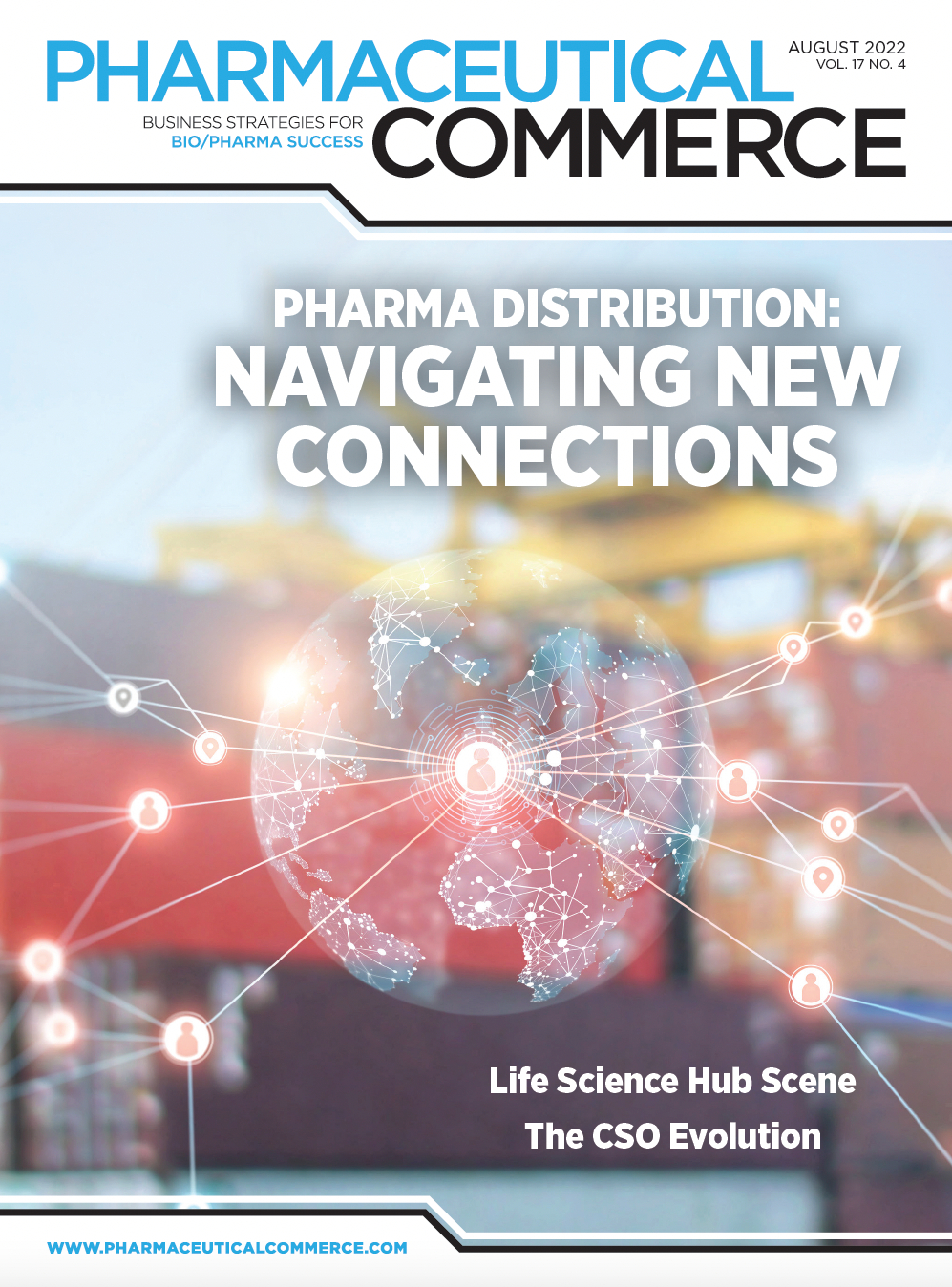Perfecting Patient Roadmap
Three key objectives in building effective support programs
Every journey is different. True in life. And most certainly true in a patient’s healthcare journey, especially for complex conditions. Depending on a variety of factors—patient age, health status, underlying conditions, diagnosis—every step toward treatment is unique. Patients who have received, for example, a cancer diagnosis or are managing one or more chronic conditions or a rare disease—along with their family members and other caregivers—require many forms of effective and empathetic support to help them navigate the ups and downs associated with managing today’s complex and often costly specialty therapy regimens.
Maria Kirsch

Thankfully, for many patients and their families, drug manufacturers know it is challenging. And many are working to create better roadmaps for patients that put their needs and concerns top of mind. As this work evolves, it is critical that as patient support programs are built, they are well-thought-out and incorporate both human and digital touchpoints while being grounded in data to truly improve outcomes. To do this right, we must understand today’s patients, how they consume information, manage the complexities of their conditions, and then do everything possible to simplify how they can complete daily tasks needed to stay on therapy for as long as possible.
And it starts with establishing the right objectives for programs and embracing innovation.
Establishing the right objectives, embracing innovation
The right objectives are key to a product’s launch success. And since patients come first, the three we always come back to are access, affordability, and adherence. If we keep these three areas as our guiding north star, everything else will follow.
Access. When a clinician has selected a therapy for a patient, there are several factors that can create delays or even prevent physicians from helping patients get on the therapy. Formulary tier status, prior authorization or step-therapy requirements, labor-intensive coverage appeal process, and many more. These can delay access for days, even weeks and months, leaving patients helpless. Similarly, the network for specialty pharmacy centers managing, for example, oncology treatments, has narrowed drastically in recent years, creating additional hurdles. Thankfully, innovation is occurring in some places with wraparound-type programs that streamline the prescribing process by tapping digital tools into physicians’ workflows that help provide access to experts who can help break down these barriers.
Affordability. Therapies are expensive. And in many instances, costs are rising. For patients with high deductible plans, out-of-pocket expenses can be steep. To help in the battle of affordability, support programs must improve the process to help patients find alternative options to make mediations more affordable. This too can be powered by digital tools and trained specialists that can quickly look for comparable products or find Patient Assistant Programs offered by manufacturers to help reduce financial burdens. Incorporating these elements into programs again puts the needs of patients first.
Adherence. Once patients have access to affordable therapies, how can we help them stay on them? Effective programs do this through caring, experienced staff that can help answer their questions at the touch of a chat or call on the phone, but also through data-driven digital reminders that meet patients where they are. Whether they prefer email, text, or a phone call reminder, technology and innovation based on both patient preference and clinical data—like when patients should take their next dosage—should be carefully developed together to drive program success.
When these three objectives are well orchestrated and connected using both high-tech and high-touch approaches, patients win. Today’s patients expect —and rightfully so—that their healthcare experience will mirror how they can order food or watch a movie. They have access to everything they need at the touch of a device to find the answers they need on their healthcare journey.
As an industry that serves the needs of these patients, we must continue to bring a two-pronged approach to program development. When we do, we will see the results.
We will reap the financial rewards of more patients staying on their prescriptions. We will see more physicians turning to our products and representatives to prescribe medications to their patients. And most importantly, we will see patients and their families living happier, healthier lives as they have better access to medications that will positively impact their lives.
That’s something we can all get behind.
About the Author
Maria Kirsch is General Manager, Patient Services at EVERSANA.
